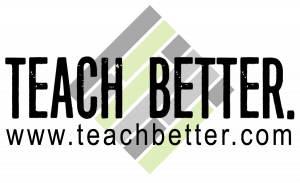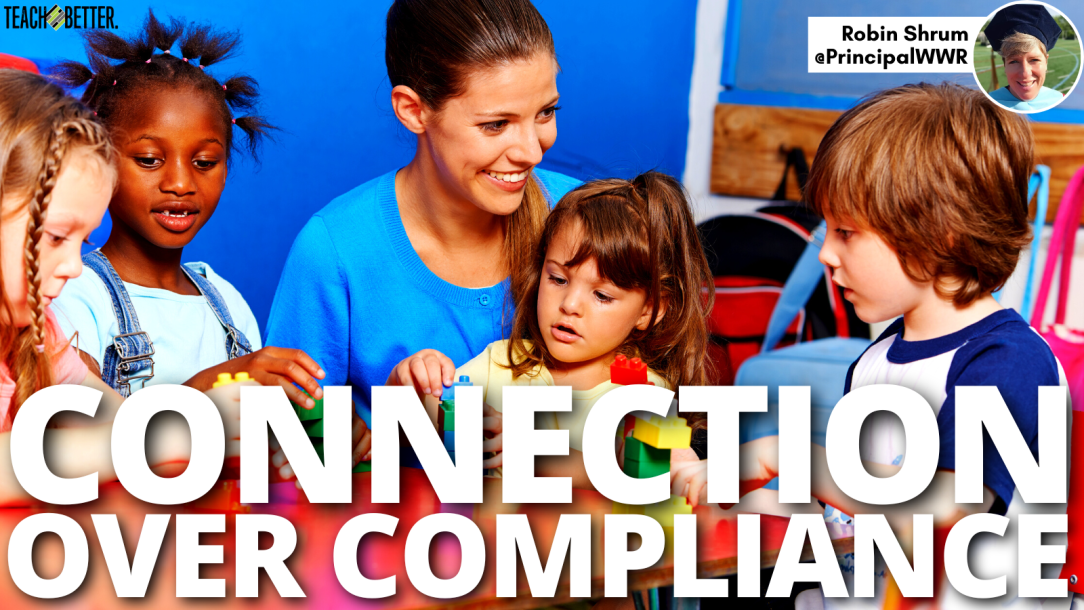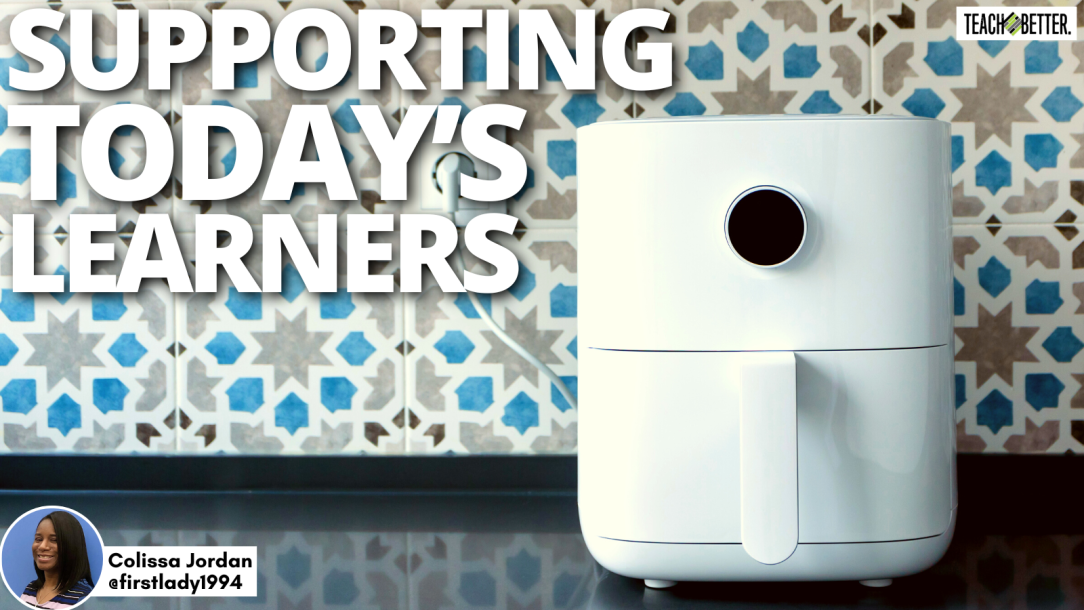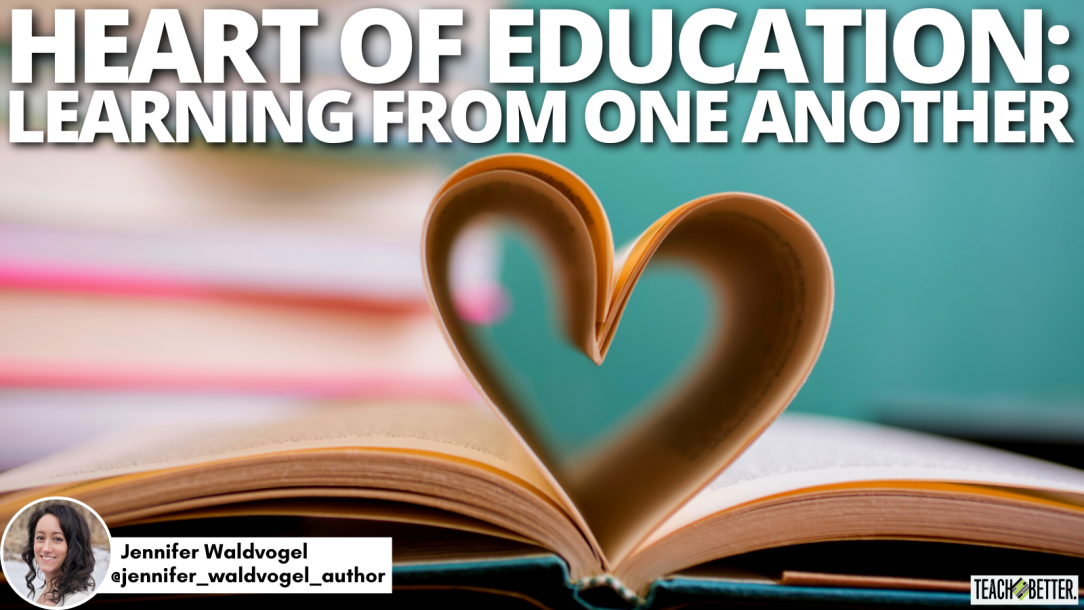TL;DR: Student engagement goes beyond compliance and involves attention, curiosity, interest, optimism, and passion for learning. Authentic engagement requires establishing connections with students to create a safe and supportive learning environment. Strategies for fostering connection in the classroom include showing genuine interest in students, providing choice and voice, conducting morning meetings, being intentional in planning, incorporating real-life connections to content, … Read More
Supporting Today’s Learners
TL;DR: There is a comparison between cooking appliances and education methods, contrasting microwave learning (traditional) with air fryer learning (constructivist). In traditional learning, teachers are the main source of knowledge and focus on student compliance, while constructivist learning emphasizes student engagement, collaboration, and connecting learning to real-life experiences. Teachers in today’s classrooms are encouraged to be guides and mentors, creating … Read More
Heart of Education: Learning From One Another
TL;DR: Veteran educators are our best resource for advice, inspiration, and long-term purpose. Stepping into the classroom of a teacher who is our opposite is an opportunity to rethink our own best practices. Global networking can provide solutions we can’t see inside the comfort of our own communities. When I think about the teachers who have made the greatest impression … Read More
My Hypothesis on Assessment
TL;DR: Assessment is a hot topic in all schools. Before looking at assessments, look at your teaching. What are you doing that makes learning relevant for all students? My Hypothesis on Assessment Well, it certainly has been a while since I last wrote a blog post here at Teach Better. For much of this school year, I’ve been focusing on … Read More
Boosting Student Engagement in the Spring
TL;DR: Trying new ideas at the end of the school year can increase student engagement and help retain content. Versatile methods like choice boards, creativity tools, game-based learning, and interactive lessons boost engagement and curiosity. Incorporating student input, STEM activities, and problem-solving challenges further enhance learning experiences and promote essential skills development. Why try new ideas? With the school year … Read More





